Individuals
Willingness To Pay Survey for Santa Cruz River Management Options in Southern Arizona (Change)
2484supp01 - Survey Booklet
Individuals
OMB: 2080-0080
Thank
you for
your participation in this important survey!
Please
write any comments you may
have on this survey below.
NOTE:
PAGE NUMBERS ARE OUT OF SEQUENCE ON THIS REVIEW DRAFT ELECTRONIC
FILE SO THAT IT WILL PRINT CORRECTLY DOUBLE-SIDED
OMB Control No.
2090-XXXX Approval expires XX/XX/20XX




Paperwork Reduction Act Notice:
The public reporting and recordkeeping burden for this collection of
information is estimated to average 30 minutes per response. Send
comments on the Agency's need for this information, the accuracy of
the provided burden estimates, and any suggested methods for
minimizing respondent burden, including through the use of automated
collection techniques to the Director, Collection Strategies
Division, U.S. Environmental Protection Agency (2822T), 1200
Pennsylvania Ave., NW, Washington, D.C. 20460. Include the OMB
control number in any correspondence. Do not send the completed
survey to this address.
FURTHERMORE
NOTE THIS IS VERSION 1 OF 9 VERSIONS VARYING Q2-Q5 (see supporting
statement Part B)
Photos showing
the Santa Cruz River where there is flow, and where there is no
flow. Open this survey to learn more and to submit your opinion on
Santa Cruz River management.
Survey:
Your
Opinion Needed on an Arizona
River Issue

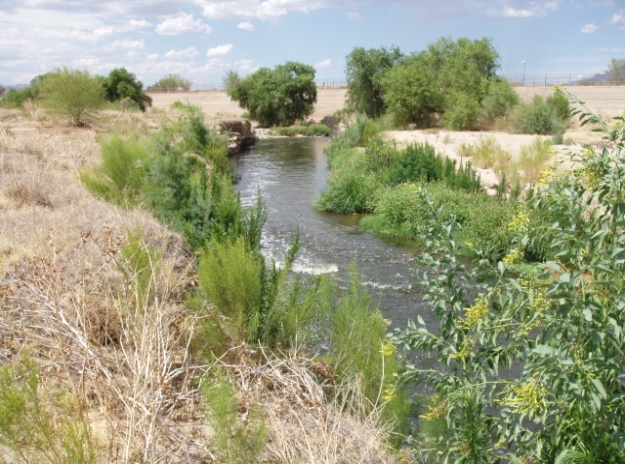
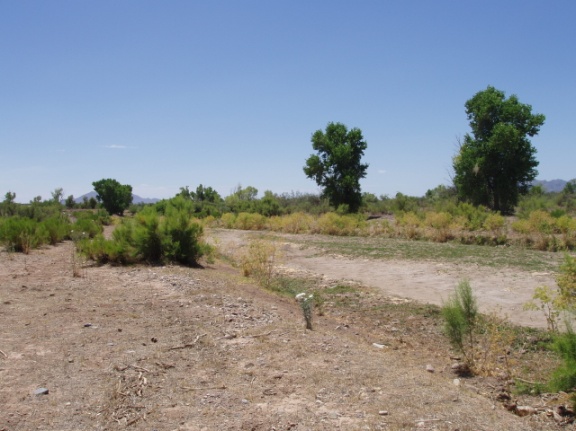


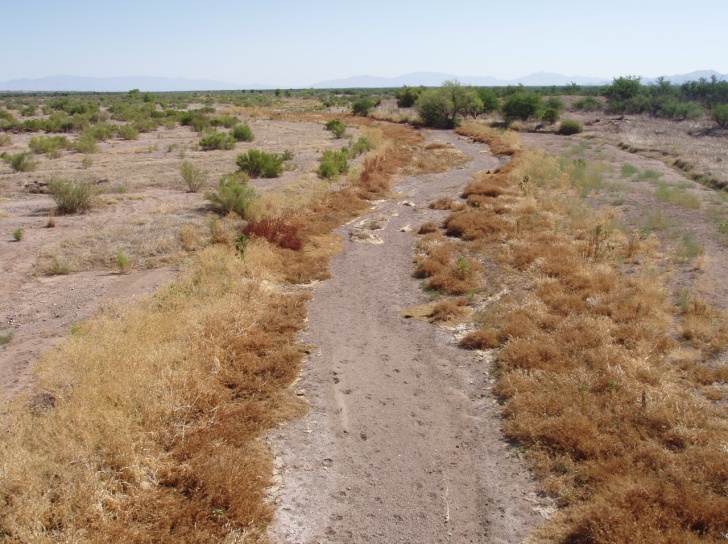
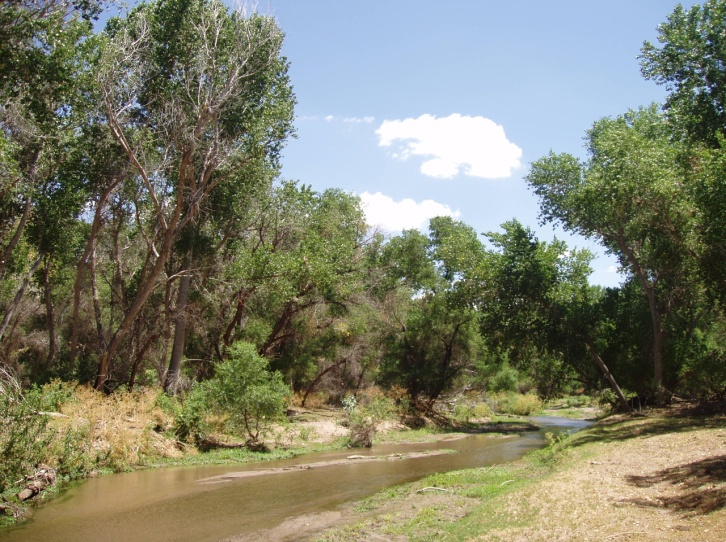
Question 14:
What
year were you born? 19__ __ Question
15: Are
you male or female?
O
Male
O Female Question
16: What
is the highest level of education that you have completed? O
Less than high school O One or more years of college
O
High school or equivalent O Bachelor’s Degree O
High school + technical school O Graduate Degree
Question 17: How
many people live in your household? _________
Question 18: How
many of those people are 18 or older? __________
Question 19: Are
you and/or your spouse currently employed? O
Yes O No Question
20: How
many years have you lived in Arizona? _________
Question 21:
Does
anyone in your household belong to an environmental organization
(such
as Sierra Club, or National Audubon Society)?
O Yes O
No
Question
22: From
the following options, do you consider yourself to be: O
American Indian O Latino/Hispanic O
Asian O White
O
African American O Other ________________ Question
23: What
category comes closest to your total household income for 2012? O
Less than $10,000 O $80,000 to $99,999
O
$10,000 to $19,999 O $100,000 to $149,999 O
$20,000 to $39,999 O $150,000 to $199,999 O
$40,000 to $59,999 O $200,000 to $249,999 O
$60,000 to $79,999 O $250,000 or more d
We
need the following questions to ensure votes from all groups have
been fairly represented in this survey.
This
survey asks for your opinion on how to manage the Santa Cruz River.
It is important for authorities to hear from all perspectives, so
please take the time to read the background and answer the
questions. Your responses will help authorities select the best
option. This survey is being sent to randomly selected households in
southern Arizona.
The Santa Cruz River
is in southern Arizona. It flows north through several communities
such as Rio Rico, Tubac, Amado, Green Valley, Sahuarita, Tucson, and
Marana. It also flows through Tumacácori National Park near
the border with Mexico. The Santa Cruz joins the Gila River south of
Phoenix which then joins the Colorado River at Yuma. People have
lived in the Santa Cruz valley for thousands of years, and water was
found in the Santa Cruz River in some places all-year. Pumping
groundwater over the last 80 to 100 years lowered groundwater levels
and dried up many of the wet areas along the river.
23
2
THE
SANTA CRUZ RIVER IN SOUTHERN ARIZONA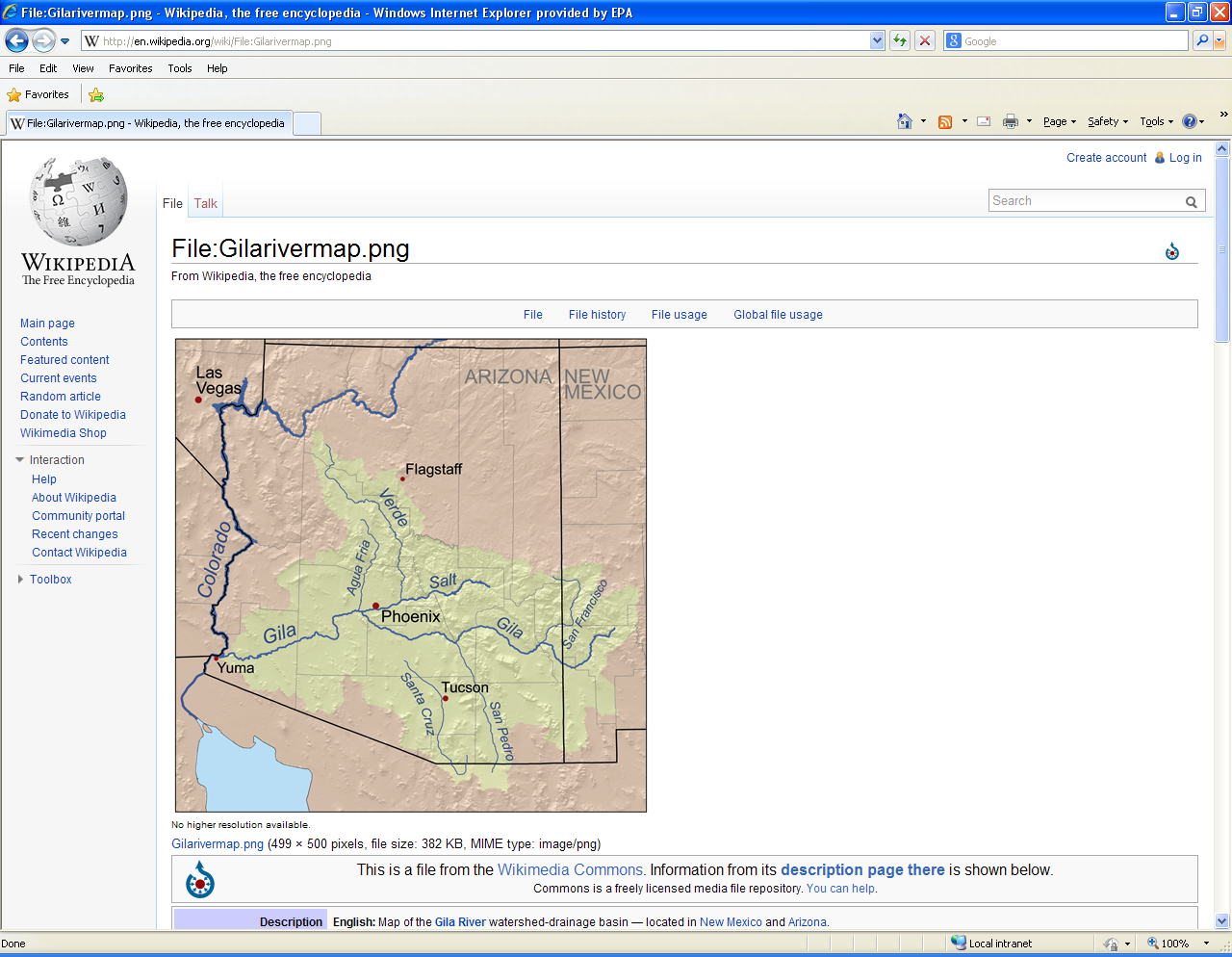













TREATED
WASTEWATER IN THE SANTA CRUZ RIVER


Question 13: Rate
the importance of different recreational activities for
your household along
the Santa
Cruz River
or along its riverbanks

Since the 1950’s,
treated wastewater has been released into the Santa Cruz River in
two places, in the North near Tucson, and in the South near the
border with Mexico. At first this was just a method of disposing of
the treated wastewater. It was then found that the water is helping
to provide wet river ecosystems, and associated plants and animals
that are scarce in southern Arizona. The treatment is currently
being upgraded to provide water of higher quality and to eliminate
odor. Having wastewater of higher quality raises new questions about
how to best manage the water.
d
Santa Cruz River Activity
Not
Somewhat Very Important Important
Important
Walking
1
2 3 4 5
Biking
1
2 3 4 5
Safe
Partial Body Contact with Water (wading)
1
2 3 4 5
Safe
Full Body Contact with Water (submersion)
1
2 3 4 5
Birdwatching
1
2 3 4 5
Horseback
Riding
1
2 3 4 5
Off
Road Vehicle Use
1
2 3 4 5
Going
to the river to see a large flow or flood
1
2 3 4 5
Boating
or Tubing
1
2 3 4 5
Picnicking
1
2 3 4 5
Other_______________________________________
1
2 3 4 5

NORTH Treated
wastewater now supports about 23 miles of flow, and about 160 acres
of forest along the river. The flow starts in NW Tucson near Prince
Rd and I-10 and flows past Marana.

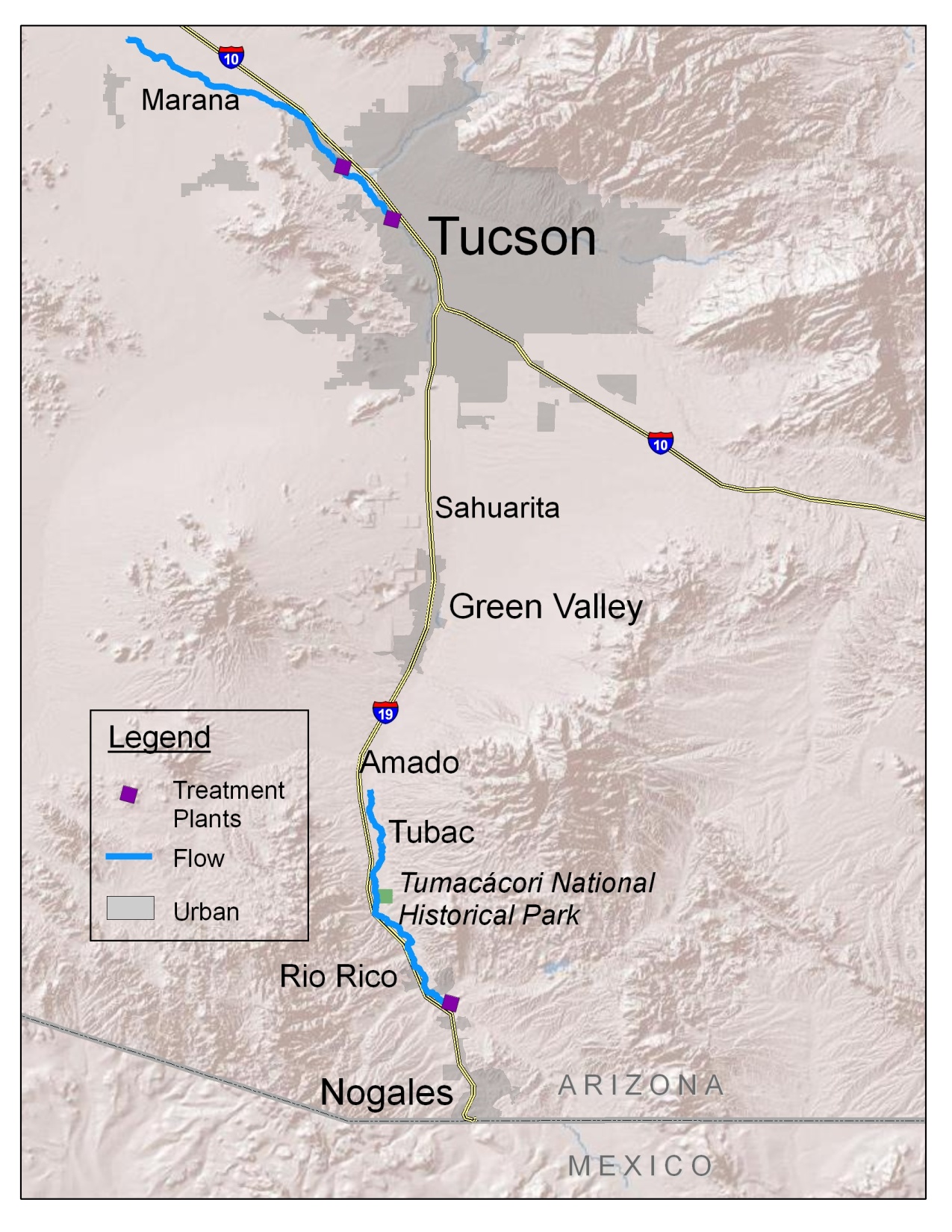


22


![]()
SOUTH Treated
wastewater now supports about 19 miles of flow, and about 490 acres
of forest along the river. The flow starts in southern Rio Rico and
flows past Tubac.





![]()
3
22



WHAT
HAPPENS TO THE WATER?


Question 12:
In
the last 12 months, what is the estimated total number of separate
river-related recreational trips members of your household have
taken? For example, a trip that combined picknicking and
birdwatching activities would count as a single trip.
_____________ total
trips in the last 12 months.
How
many of those trips were within a 2 hour drive of your home?
_____________
trips in the last 12 months.
How
many of those trips were within your city or community?
_____________
trips in the last 12 months.
How
many of those trips involved any portion of the Santa
Cruz River?
_____________ trips
in the last 12 months.
If
there were any trips to the Santa
Cruz River,
what was the main recreational activity? If this doesn’t
apply, just leave this blank.
_______________________________________
was the main activity.
d About
10% of the treated wastewater evaporates or is consumed by plants
and animals. The remaining 90% is not lost to the watershed, but
becomes groundwater.
Of
the 10% consumed, most of it is used by trees. An acre of forest
along the river requires about as much water as 44 people per year.
An acre is almost the same size as a football field without the
endzones.
21
10%
Evaporation,
Plant Use, & Animal Use
4
To Groundwater
90%











WHAT
DOES THE WATER MEAN FOR THE ENVIRONMENT?


Question 11: In
the last 12 months, how often have members of your household engaged
in these recreation activities in any
river, stream, canal, dry wash, or arroyo, or along its banks?
River-Related Activity
Number of times in the last
12 months
Walking
________
times
Biking
________
times
Partial
Body Contact with Water (wading)
________
times
Full
Body Contact with Water (submersion)
________
times
Birdwatching
________
times
Horseback
Riding
________
times
Off
Road Vehicle Use
________
times
Going
to a river to see a large flow or flood
________
times
Boating
or Tubing
________
times
Picnicking
________
times
Other_______________________________________
________
times
The
constant release of treated wastewater supports a wet river
ecosystem that used to be more common in southern Arizona. If
a river does not have water year-round there is still an ecosystem,
just not a wet river ecosystem. The
wet river ecosystem along the Santa Cruz River includes cottonwood
and willow trees, tall shade trees dependent on moist soil. This
is one of the rarest forest types in southern Arizona. In
the desert, wet river ecosystems contain a large concentration of
plant and animal species. Along the wet areas of the Santa Cruz
River, there is a variety of birds and small mammals, and
minnow-sized fish have been found.
The
San Pedro River near Sierra Vista and the Gila River near Safford
are examples of other
wet river ecosystems in southern Arizona. The ecosystems in those
locations rely on natural water flow rather than release of treated
wastewater.
5
20





YOU
WILL BE ASKED TO VOTE ON THE FOLLOWING OPTIONS FLOW
& FOREST: People can vote
to maintain more miles of river flow and cottonwood and willow
forest acres in the North and the South. This is in contrast to the
Expected Future which cuts back flows and forest acreage. As stated
on pg.3, the current condition is 23 flow miles and 160 forest
acres in the North, and 19 flow miles and 490 forest acres in the
South. Choosing Flow & Forest more than the Expected Future
would mean an increase in taxes as compensation for not selling the
water for off-river purposes.
.
Note
that in the South, treated wastewater results in 4
to 5 times more forest per
mile of flow. This is because adding treated wastewater in the
South allows tree roots to reach the groundwater which is
relatively close to the surface there. Trees in the South also tend
to grow larger overall. Refer
to the photos on the next page to compare typical scenes of the
North and South. Photos are also shown downstream of where water
flows currently end.
EXPECTED
FUTURE: Within the next 10
years, the extent of river flow and the wet river ecosystem would
be reduced from current condition to 12 flow miles and 45 forest
acres in the North, and 10 miles and 250 forest acres in the South.
There would still be trees, plants, birds, mammals, and
minnow-sized fish in the North and South. This option does not
require new taxpayer costs.
.
Within the next 10 years, river flows are
predicted to be cut back due to increasing demands for water
resources in southern Arizona. This survey will help managers know
whether people would be willing to pay to keep various amounts of
treated wastewater in the river instead. These funds would be used
as compensation for not selling the water. Note that all options,
including the no-cost option, maintain at least some wastewater in
the river and include the recent wastewater treatment upgrades that
increase water quality and eliminate odor. This survey will also
help managers know whether people would be willing to pay for
additional water quality measures that would allow full body contact
recreation in the treated wastewater.
.
19
6
Question 9: If
you voted for an option with more Flow & Forest than
“Expected
Future”, in Q2 to Q5, why? CHOOSE
ONE ANSWER THAT FITS BEST O
NEVER
CHOSE more Flow & Forest than Expected Future. O
Prefer visible flow in the river O
Prefer more
vegetation along the river O
Prefer both more
flow and more vegetation along the river O
I was forced to choose Flow & Forest in order to get Full Body
Contact O
Other
reasons: ____________________________________
Question 10: If
you voted for an option containing “Full Body Contact”
in Q2 to
Q5, why? CHOOSE
ONE ANSWER THAT FITS BEST O
NEVER
CHOSE an option that included “Full Body Contact” O
My household is interested in recreational contact with the treated
water O
I want other people to be able to recreationally contact the
treated water O
I was forced to choose Full Body Contact in order to get more Flow
& Forest O
Other
reasons: ____________________________________













North
Downstream
of Water Flow
South
Downstream
of Water Flow
South
With
Water Flow
North
With
Water Flow
Photos
show the changes that could happen in the North and South if a part
of the river no longer receives treated wastewater.
7
Question 6:
Before
reading this survey were you aware of the location of any part of
the Santa Cruz River? O
Yes
O
No Question
7:
Before reading this survey were
you aware that the Santa Cruz River has water all-year in the two
places shown on page 3?
CHOOSE
ONE ANSWER THAT FITS BEST O
Aware
of the water in the North O
Aware
of the water in the South O
Aware
of the water in both the North and the South
O Not
aware of the water in the North or the South Question
8:
If you ever voted for “Expected Future” in Q2 to Q5,
why? CHOOSE
ONE ANSWER THAT FITS BEST O
NEVER CHOSE
“Expected Future” O
No
ability to pay O
Other options
were not worth it to my household
O Prefer
to make a donation than to increase taxes
O Don’t
think the other options are realistic
O
Other________________________ QUESTION
6 If
you ever chose an option that kept river flow and habitat, why?
Choose the reason that is the best match O
NEVER
CHOSE Options B or C O
Prefer visible flow in the river O
Prefer
to have more forest O
Prefer
higher habitat value
O
Other________________________
18

















Question
5.
Given a choice between Option
A,
Option
B,
or Expected
Future
for the Santa Cruz River, how would you vote?


Summary
of North
Flow and Forest Possibilities Summary
of South
Flow and Forest Possibilities
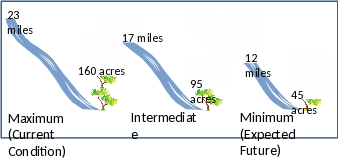
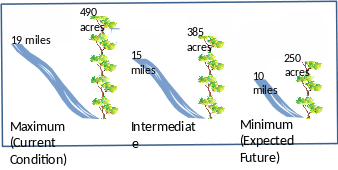
Location & Effect |
|
Option A |
Option B |
Expected
Future |
North Flow & Forest |
|
23 flow miles 160 forest acres |
23 flow miles 160 forest acres |
12 flow miles 45 forest acres
|
North Full Body Contact |
|
No |
Yes |
No |
|
|
|
|
|
South Flow & Forest |
|
10 flow miles 250 forest acres
|
17 flow miles 95 forest acres |
10 flow miles 250 forest acres
|
South Full Body Contact |
|
No |
Yes |
No |
|
|
|
|
|
$ Cost to your Household per Year |
|
$30 Increase in Annual Taxes |
$60 Increase in Annual Taxes |
$0 Increase in Annual Taxes |
HOW WOULD YOU VOTE? (CHOOSE ONE ONLY) |
|
I vote for Option A
|
I vote for Option B
|
I prefer Expected Future
|
17
8
8




Question
4.
Given a choice between Option
A,
Option
B,
or Expected
Future
for the Santa Cruz River, how would you vote?


Location & Effect |
|
Option A |
Option B |
Expected
Future |
North Flow & Forest |
|
12 flow miles 45 forest acres
|
17 flow miles 95 forest acres |
12 flow miles 45 forest acres
|
North Full Body Contact |
|
No |
Yes |
No |
|
|
|
|
|
South Flow & Forest |
|
19 flow miles 490 forest acres |
10 flow miles 250 forest acres
|
10 flow miles 250 forest acres
|
South Full Body Contact |
|
Yes |
Yes |
No |
|
|
|
|
|
$ Cost to your Household per Year |
|
$40 Increase in Annual Taxes |
$50 Increase in Annual Taxes |
$0 Increase in Annual Taxes |
HOW WOULD YOU VOTE? (CHOOSE ONE ONLY) |
|
I vote for Option A
|
I vote for Option B
|
I prefer Expected Future
|
This
concludes the description of the options. Different options for
“Flow and
Forest”
and “Full Body Contact” are possible for the North and
South. You will
have
an opportunity to vote on different options, including “Expected
Future”. FULL
BODY CONTACT:
During stormflows, the water quality is not considered safe for
any type of human contact. However, during low-flow times the water
in the North and South is currently considered safe for wading.
Water quality could be improved to be considered safe for full body
contact such as submersion during low-flow times. This would
require further measures to control bacteria, which would mean an
increase in taxes to pay for these measures.
16
9







Location & Effect |
|
Option A |
Option B |
Expected
Future |
North Flow & Forest |
|
17 flow miles 95 forest acres
|
12 flow miles 45 forest acres
|
12 flow miles 45 forest acres
|
North Full Body Contact |
|
Yes |
No |
No |
|
|
|
|
|
South Flow & Forest |
|
15 flow miles 385 forest acres |
10 flow miles 250 forest acres
|
10 flow miles 250 forest acres
|
South Full Body Contact |
|
Yes |
Yes |
No |
|
|
|
|
|
$ Cost to your Household per Year |
|
$40 Increase in Annual Taxes |
$20 Increase in Annual Taxes |
$0 Increase in Annual Taxes |
HOW WOULD YOU VOTE? (CHOOSE ONE ONLY) |
|
I vote for Option A
|
I vote for Option B
|
I prefer Expected Future
|
Location & Effect |
|
Option A |
Option B |
Expected
Future |
North Flow & Forest |
|
23 flow miles 160 forest acres |
12 flow miles 45 forest acres
|
12 flow miles 45 forest acres
|
North Full Body Contact |
|
Yes |
No |
No |
|
|
|
|
|
South Flow & Forest |
|
19 flow miles 490 forest acres |
19 flow miles 490 forest acres
|
10 flow miles 250 forest acres
|
South Full Body Contact |
|
Yes |
No |
No |
|
|
|
|
|
$ Cost to your Household per Year |
|
$60 Increase in
|
$40 Increase in Annual Taxes |
$0 Increase in Annual Taxes |
HOW WOULD YOU VOTE? (CHOOSE ONE ONLY) |
|
I vote for
|
I vote for
|
I prefer
|
EXAMPLE
VOTE questions
will look like the sample below
15
Question
3.
Given a choice between Option
A,
Option
B,
or Expected
Future
for the Santa Cruz River, how would you vote?
10








THIS
SURVEY IS SIMILAR TO A PUBLIC VOTE
Question
2.
Given a choice between Option
A,
Option
B,
or Expected
Future
for the Santa Cruz River, how would you vote?
11
14







The questions starting on the next page
ask you how you would vote for different options for the Santa Cruz
River.
Effects
of each Option will be described with the following information:
Location & Effect |
|
Option A |
Option B |
Expected
Future |
North Flow & Forest |
|
23 flow miles 160 forest acres |
12 flow miles 45 forest acres
|
12 flow miles 45 forest acres
|
North Full Body Contact |
|
Yes |
No |
No |
|
|
|
|
|
South Flow & Forest |
|
19 flow miles 490 forest acres |
19 flow miles 490 forest acres
|
10 flow miles 250 forest acres
|
South Full Body Contact |
|
Yes |
No |
No |
|
|
|
|
|
$ Cost to your Household per Year |
|
$60 Increase in Annual Taxes |
$40 Increase in Annual Taxes |
$0 Increase in Annual Taxes |
HOW WOULD YOU VOTE? (CHOOSE ONE ONLY) |
|
I vote for Option A
|
I vote for Option B
|
I prefer Expected Future
|
Location & Effect |
|
Description |
North Flow & Forest |
|
Approximate Miles of year-round flow; & Approximate Acres of cottonwood/willow forest along the river, tall shade trees dependent on wet soils.
|
North Full Body Contact |
|
Yes it is safe for full body contact at low-flow times, or No, it is only safe for wading at low-flow times. |
|
|
|
South Flow & Forest |
|
Approximate Miles of year-round flow; & Approximate Acres of cottonwood/willow forest along the river, tall shade trees dependent on wet soils.
|
South Full Body Contact |
|
Yes it is safe for full body contact at low-flow times, or No, it is only safe for wading at low-flow times. |
|
|
|
$ Cost to your Household per Year |
|
How much the option will cost your household in unavoidable taxes per year. These taxes would not increase or decrease over time. |
Question
1.
Rate each of the following in terms of their importance
to your household. For each,
use “1” for the least important, and “5” for
the most important.
HOW
WOULD YOU RATE THE IMPORTANCE OF THESE EFFECTS?
AS
YOU VOTE, REMEMBER THESE IMPORTANT DETAILS
There
are 4 voting questions, each on a different page.
Each
question describes alternative choices to help us better understand
your household’s opinion.
Review
each question carefully. Your votes are important and will help
determine the best option for the Santa Cruz River.
Costs
to your household will range from $0 to $60 per year,
depending on the option. All funds are legally guaranteed to be
used for the designated purpose.
The
“Expected Future” option shows the expected future at
no added cost. Choose
this if other options are not worth it to your household.
13
12









Location & Effect |
Not Somewhat Very Important
Important Important |
North Flow & Forest |
1 2 3 4 5 |
North Full Body Contact |
1 2 3 4 5 |
South Flow & Forest |
1 2 3 4 5 |
South Full Body Contact |
1 2 3 4 5 |
$ Cost to your Household per Year |
1 2 3 4 5 |
| File Type | application/vnd.openxmlformats-officedocument.wordprocessingml.document |
| Author | Hydrogenius |
| File Modified | 0000-00-00 |
| File Created | 2021-01-28 |
© 2025 OMB.report | Privacy Policy

 Option
A
Option
A Expected
Future
Expected
Future